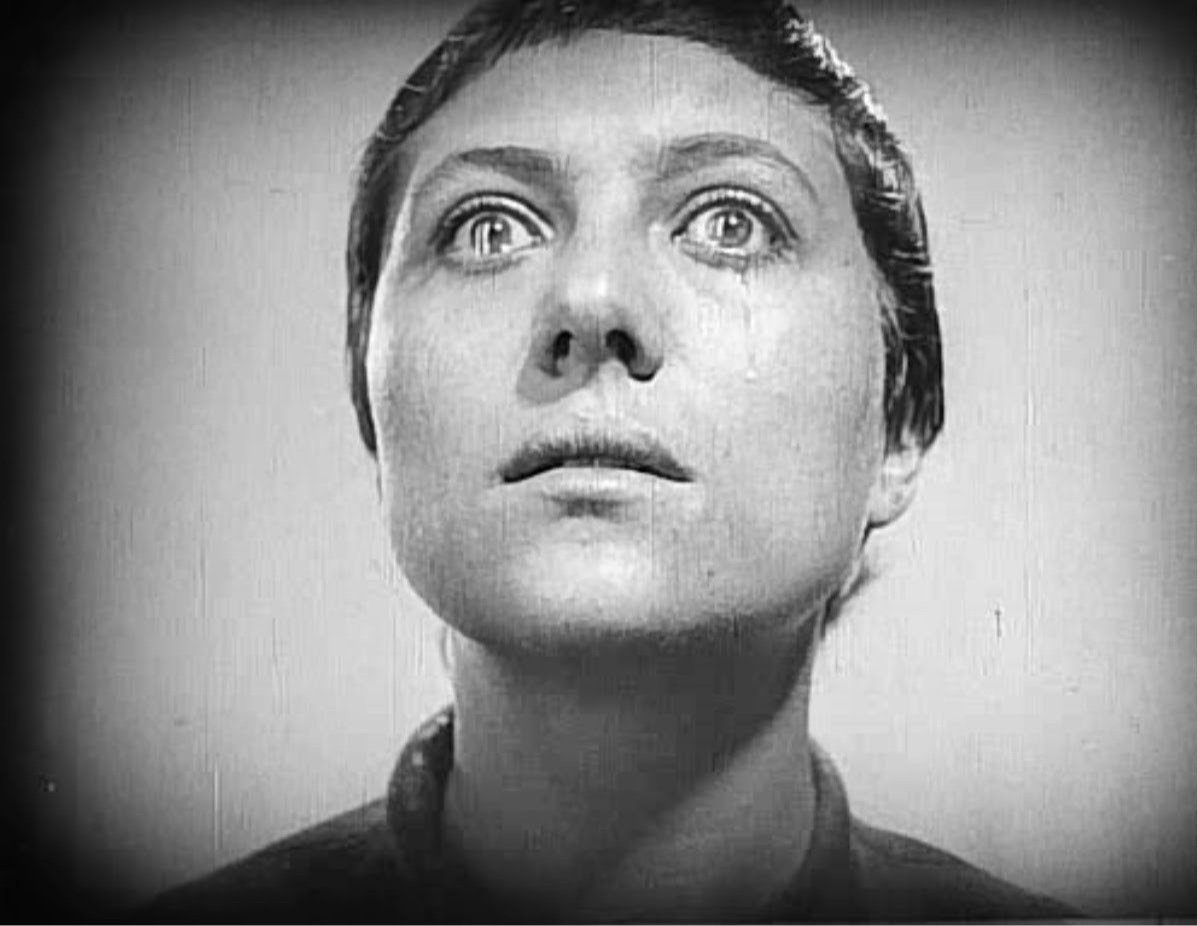On May 8, 1970, artists affiliated with the New York Cinetracts Collective—including Martin Scorsese, Harvey Keitel, Verna Bloom, Frederick Elmes, and Oliver Stone—filmed an anti-war demonstration near the New York Stock Exchange. While shooting, construction workers who were building the nearby World Trade Center infiltrated the protest and brutalized the student protestors in a bloody melee that became known as the Hard Hat Riot.
Street Scenes (1970) is a remarkable document capturing this flashpoint of class warfare. There are also edited interview and discussion sequences where activists and bystanders speak from the ground; later on, the collective questions whether film can actually change people’s minds about the Vietnam War. Street Scenes, which was eventually disowned by Scorsese, screens as unattributed archival material on a wall-mounted TV monitor in the galleries of Carriage Trade’s latest exhibition: The Madness of Crowds. As a rowdy and collectively-produced work, the film is a potent introduction to a show that considers the extreme violence and psychosis teeming within crowds.
The exhibition text cites Nobel Prize Winner Elias Canetti, who wrote that the inner life of a crowd is one of persecution and “a peculiar angry sensitiveness and irritability directed against those it has once and forever nominated as enemies.” Photo-based work, drawings, paintings, and films in the exhibition exemplify this sentiment. In one of two screening rooms, The Twilight Zone’s “The Monsters Are Due on Maple Street” plays on a TV, asking the question “alien or kin?” in anytown, USA. The episode opens with a UFO flying low and cutting the electricity. Soon, disturbed neighbors spill onto the street and the suburban idyll crumbles into finger-pointing and violence. Moving from one screening room to the other—from sci-fi pop parable to historic art film—Carl Theodor Dreyer’s watershed silent film The Passion of Joan of Arc (1928) is projected to fill a wall in a small, shrine-like space. Much of the film consists of close-up shots of Renée Jeanne Falconetti’s expressive face, which shifts from fear to resilience to blank resignation, and allows a face-to-face encounter that rejects the spectacle that some film installations in galleries generate. Previous exhibitions at Carriage Trade have used this room for similar effect, most notably in the 2021 show Hearts and Minds, which included the many faces and crowds of Chantal Akerman’s From The East (D’Est) (1993). The Passion of Joan of Arc is adapted from the primary documents of the eponymous martyr’s 15th century trial. Late in the film, we see Joan’s followers. Her execution unleashes them into a frenzy that provides the gendarmes with an opportunity to violently suppress the uproar.
There are vitrines near the screening rooms containing photographs and documents about crowd control and state responses to mass organizing. The materials call to mind Sierra Pettengill’s Riotsville, USA (2022), which details the origins of the United States’ riot police and the repressive strategy of using excessive force to cast revolutionary acts as apolitical riots, as with the 1968 Democratic National Convention protests in Chicago. In his characteristically sharp and polemical exhibition materials, curator Peter Scott argues that the “material and social infrastructure of public life is increasingly displaced by the endless friction of alluring sideshows that shout from a ubiquity of screens we’re mostly unable to detach ourselves from.” This is how it feels to addictively post on Instagram for a crowd of followers.
The first artwork one encounters in The Madness of Crowds is David Howe’s Young People, Follow The Beloved Leader!, a 2022 oil painting that depicts a group of smiling youths on their phones sitting with Mark Zuckerberg in an open-air plaza. The painting is saccharine, almost cheesy, alluding to “everything is cool, man” techno-optimism and the deified corporate leader of the Metaverse. The kids are not alright. It’s been many decades since people thought of the internet as a utopic space or public square. Now, we huddle over screens watching and producing media, knowing that our faces will get the most hits of commodified attention. Once the crowd forms, rancor and losing one’s mind is never far behind.
The Madness of Crowds is on view through June 30 at Carriage Trade.



